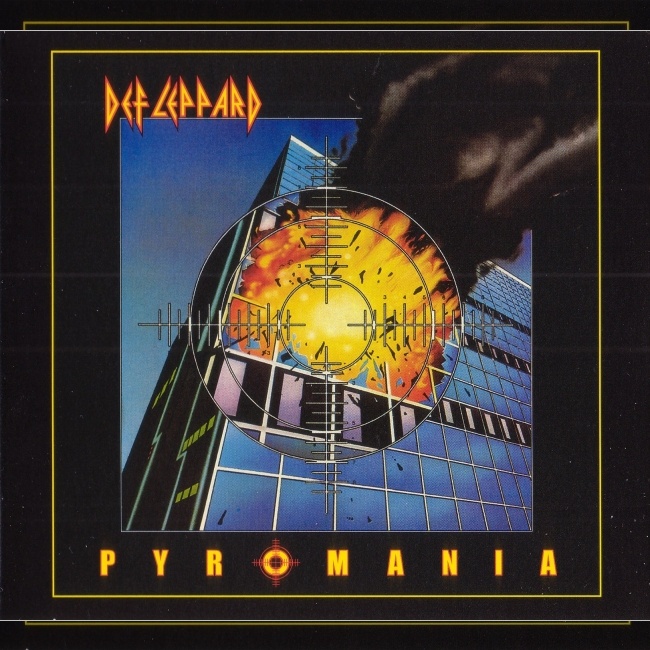When all cores are under load they too have to run at base clocks,it's 3.5Ghz for the 16 cored one.
They only hit mid 4Ghz if only one single core is being stressed.
Physics works for everybody.
That's not quite accurate. From the reviews I've seen, the 3950X manages an all-core boost of around 4.0 GHz at stock, and a bit higher still with PBO enabled. And it can push clocks into the "mid 4GHz" range on more than one core, just not to the maximum specified 4.7GHz for single-core boost. So it's a lot better than just getting the base clock of 3.5 GHz, which like most modern desktop processors, will generally only be seen under load if the CPU is overheating.
And the same could be said for Intel's 10-core processor, which will likewise undoubtedly push all-core boost clocks well above its base clock. Of course, it will be drawing a lot more power and putting out a lot more heat to do that on the 14nm node.
How the tables have turned. Reminds me of when AMD we’re struggling to compete with the FX series and they released the space heater FX9000 range of 220w CPU’s.
AMD's Bulldozer and its derivatives were not exactly performance leaders even when the architecture was new though, and things only got worse in the years that followed. Intel, on the other hand, is still putting out a processor that's competitive from at least a performance standpoint. It sounds like most of their "10th-gen" lineup will finally be matching AMD on thread counts at roughly similar price points, so they will likely come out on top in gaming and many other tasks, even if the processors will be a lot more power hungry and in turn harder to cool. Of course, AMD can adjust prices to stay competitive, and they might not even have to for their highest core-count chips.
Thats because you are focusing only on 16 lanes PCIe 3.0 ...
16 lanes slot must be history and canceled.
Once we make the 8 lanes cards max standard , GPU will use only 8 lanes PCIe 5 , and the rest 8 lanes will be free for other cards ...
It's not like they are going to make graphics cards smaller, so I don't see x16 slots going anywhere, anytime soon.
You're also assuming that they wouldn't reduce the lane counts for processors and chipsets to match. If the lanes each provide double the bandwidth of their predecessors, and components are using half the lanes, that's probably what would happen. Keep in mind that doubling the bandwidth of each lane results in each lane becoming more expensive, so you're not really gaining anything. Especially since, even with PCIe 4.0, you start running into physical limitations for the length of the traces running to the slots, requiring the signal to be boosted in-line to reach slots further from the processor, part of why AMD's x570 boards tend to be more expensive. With PCIe 5.0, that's likely to only get worse. So, I kind of agree with the suggestion that PCIe 5.0 probably won't be on mainstream desktop computers for a number of years.




